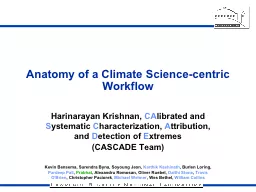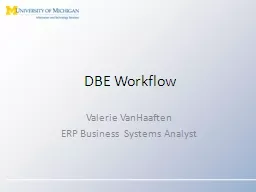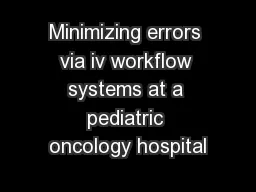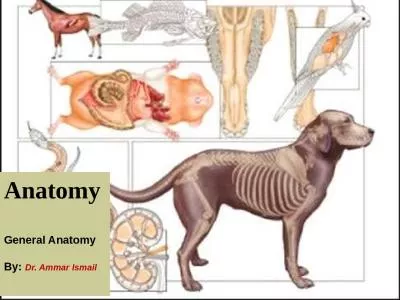PPT-Anatomy of a Climate Science-centric Workflow
Author : yoshiko-marsland | Published Date : 2016-07-08
Harinarayan Krishnan CA librated and S ystematic C haracterization A ttribution and D etection of E xtremes CASCADE Team Kevin Bensema Surendra Byna
Presentation Embed Code
Download Presentation
Download Presentation The PPT/PDF document "Anatomy of a Climate Science-centric Wor..." is the property of its rightful owner. Permission is granted to download and print the materials on this website for personal, non-commercial use only, and to display it on your personal computer provided you do not modify the materials and that you retain all copyright notices contained in the materials. By downloading content from our website, you accept the terms of this agreement.
Anatomy of a Climate Science-centric Workflow: Transcript
Download Rules Of Document
"Anatomy of a Climate Science-centric Workflow"The content belongs to its owner. You may download and print it for personal use, without modification, and keep all copyright notices. By downloading, you agree to these terms.
Related Documents














